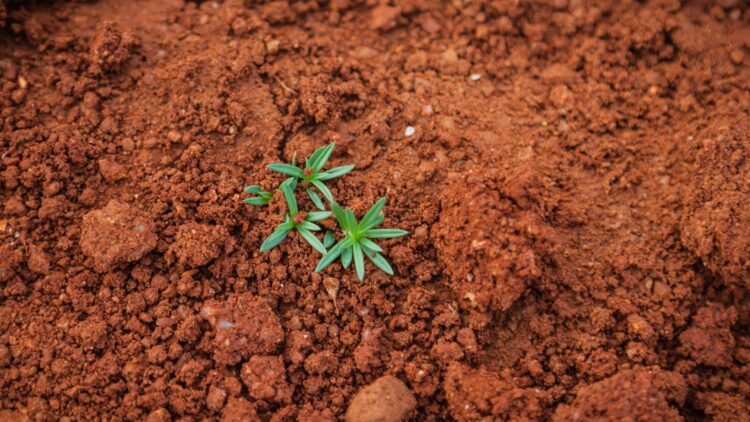As we continue to see the commercialization of space travel becoming more and more prevalent, with some big names even wanting to colonize nearby planets , there are still some basic functions we need to figure out, like having a reliable food source.
Thankfully, some recent research shows that dirt from the moon might be able to handle the growth of vegetables, which could mean a future of lunar farming is possible for our astronauts.
Some breakthrough research has taken place at the University of Florida.

This NASA-funded study had a team attempting to grow plants in soil samples collected from the moon.
According to their recently published journal on the matter, it appears as though they’ve succeeded.
This research is very important to NASA’s future goals.

In a press release , NASA Administrator Bill Nelson wrote, “We’ll need to use resources found on the Moon and Mars to develop food sources for future astronauts living and operating in deep space.”
They weren’t just testing the growth potential of any old plants.

For one, they used the seeds of Arabidopsis thaliana, a plant related to mustard greens. They also tested other cruciferous vegetables like broccoli and cauliflower.
The soil used was collected from the Apollo 11, 12, and 17 missions.
Moon soil is different from Earth soil in many ways.

Anna-Lisa Paul, research professor in horticultural sciences at the University of Florida and the first author of the study, describes moon soil as “fine” and “powdery”, saying that it “sticks to everything”.
However, the seed samples took pretty easily.

In fact, they started sprouting within days of being planted.
“We planted them, walked away for a couple of days and then when we first went back in to take a look, it was amazing to see that every plant group, all the seedlings germinated,” Paul said.
There were a few concerns, though.

The plants growing in the lunar soil were not as “robust” compared to Earth soil, and some had some deviations such as “stunted” roots or “reddish pigmentation”.
When studying the plants’ RNA after 20 days of growth, they also found gene patterns that displayed stress, meaning these plants consider moon soil to be a harsh environment.
Still, this study opens a lot of doors for further research.

As Robert Ferl, assistant vice president for research at the University of Florida and an author on the study said, “Now that we have lunar soil that [has] been in contact with biology, we can begin to ask the question: how would you and how hard would it be to mitigate any of the adverse reactions that we saw?”
h/t: NPR

















































